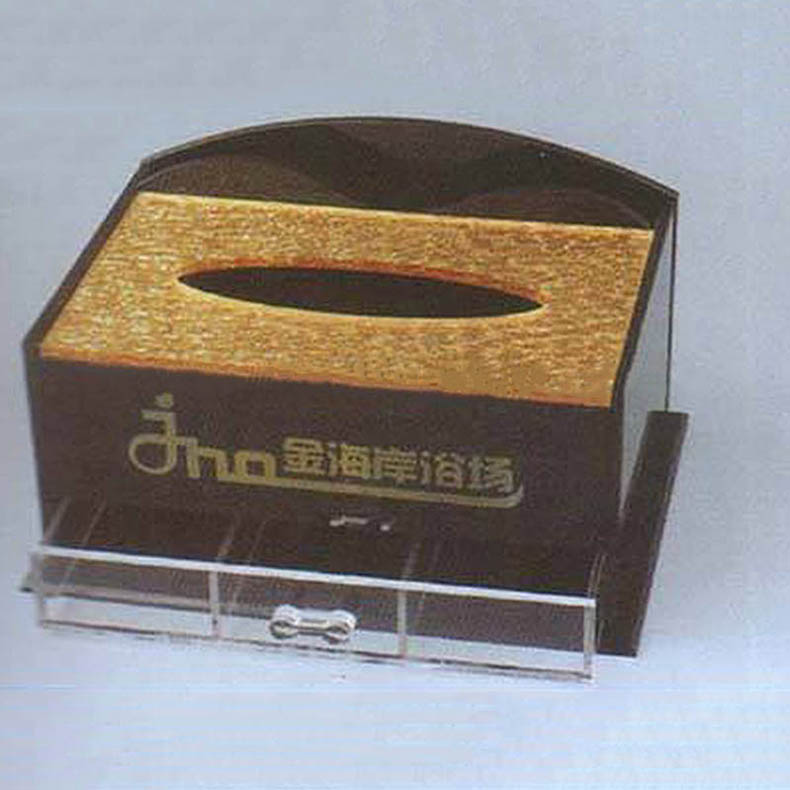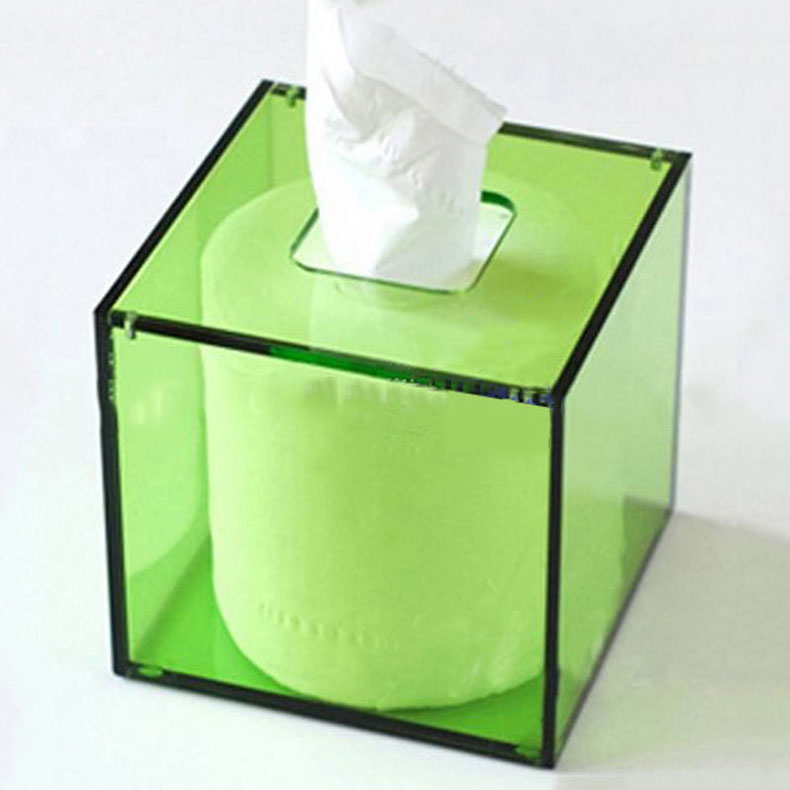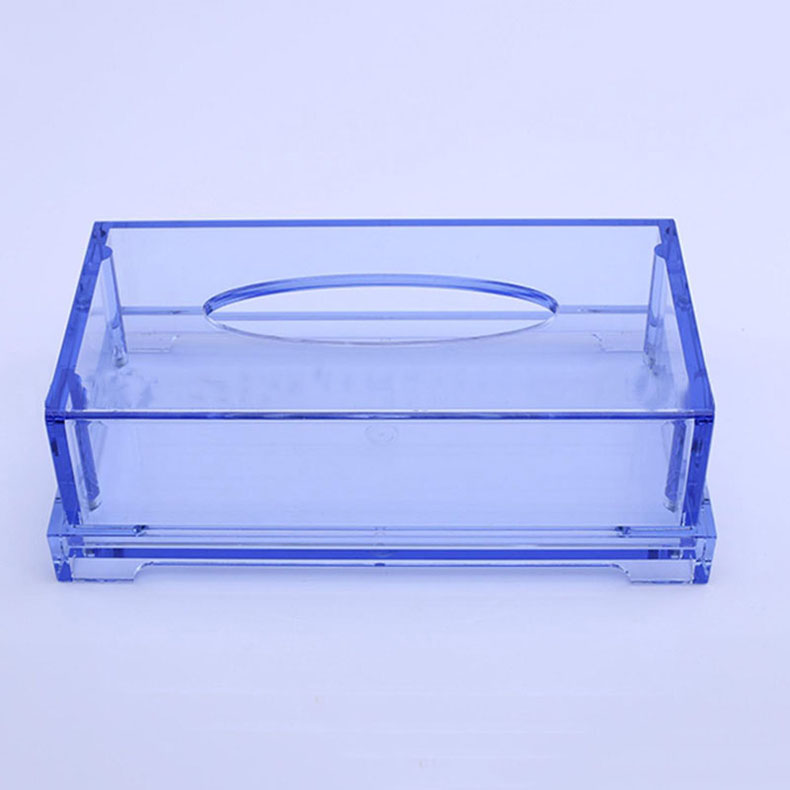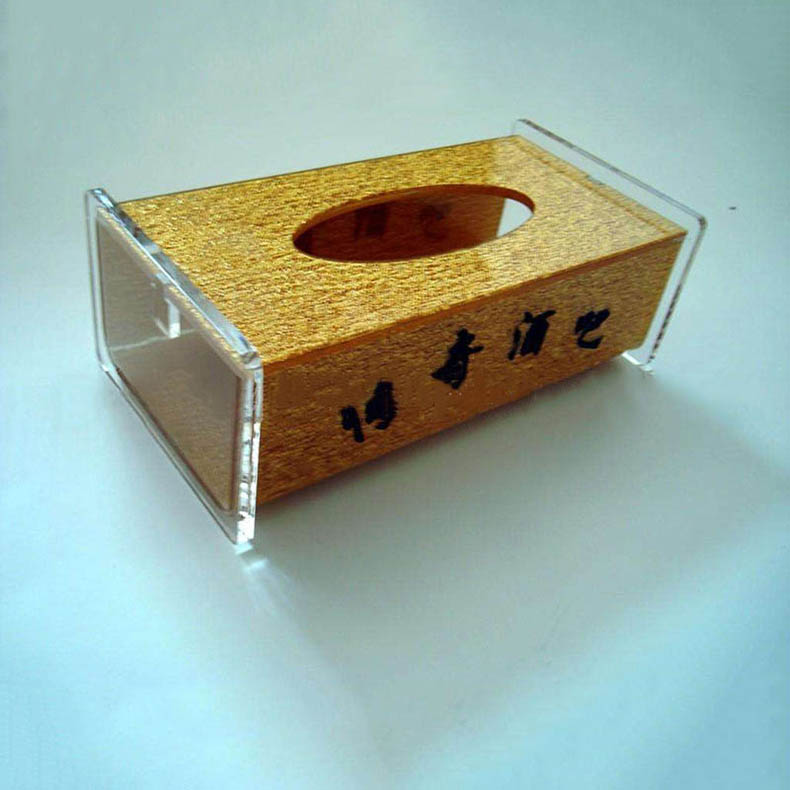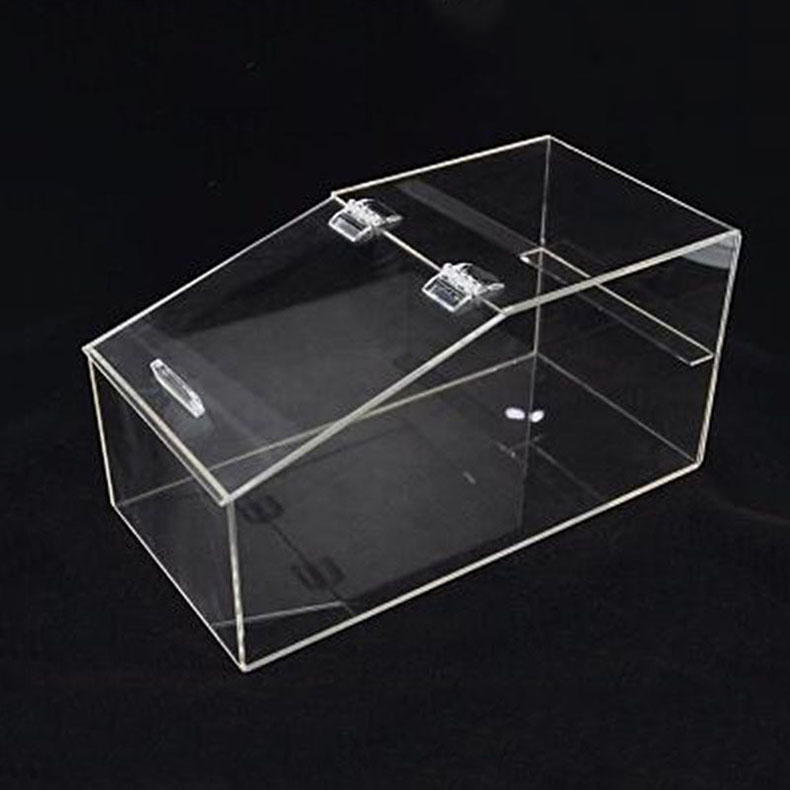When it comes to displaying photographs and artwork, the choice between acrylic and polycarbonate picture frames often sparks a debate due to the unique properties of each material. In this essay, I will delve into the characteristics and advantages of acrylic and polycarbonate picture frames, comparing their durability, clarity, versatility, and visual appeal. By examining these aspects, we can better understand which material may be considered superior for preserving and showcasing our cherished memories.
Acrylic, also known as plexiglass, and polycarbonate, commonly referred to as Lexan, are both thermoplastic materials known for their strength and optical clarity. Acrylic is derived from acrylic acid, while polycarbonate is a transparent, impact-resistant material derived from bisphenol A. Understanding the differences between these two materials is essential in evaluating their suitability for picture frames.
First and foremost, let us explore the durability of acrylic and polycarbonate picture frames. Acrylic is renowned for its exceptional durability, offering high impact resistance and shatterproof qualities. This makes acrylic picture frames an excellent choice for households with children or high-traffic areas where breakage is a concern. On the other hand, polycarbonate is equally esteemed for its impact resistance and is often used in applications where safety and durability are paramount, such as in security glazing and protective gear. Both materials provide a high level of durability, making them suitable for picture frames that require protection against accidental impacts and handling.
In terms of optical clarity, acrylic and polycarbonate also have distinct qualities. Acrylic boasts excellent transparency, rivaling that of glass, and it offers low distortion, making it ideal for showcasing photographs and artwork with precision and detail. Polycarbonate, while also transparent, may exhibit slightly more distortion than acrylic due to its unique chemical composition. However, advancements in manufacturing technology have led to the production of high-clarity polycarbonate sheets that closely rival the optical clarity of acrylic. Therefore, when it comes to visual clarity, both acrylic and polycarbonate can provide a stunning display for framed content.
Moreover, the versatility of these materials plays a key role in determining their suitability for picture frames. Acrylic is available in a wide range of thicknesses, making it adaptable for various frame designs and sizes. It can be easily cut and shaped, offering flexibility in creating custom frame styles or unique display solutions. Polycarbonate, with its inherent strength and flexibility, also provides versatility in frame design, especially for applications where impact resistance is a priority. Both materials can be shaped, molded, and fabricated to meet specific framing requirements, catering to the diverse needs of photographers, artists, and interior designers.
Furthermore, the weight of the material is another factor to consider. Acrylic is significantly lighter than glass, and it is also lighter than polycarbonate of the same dimensions. Its lightweight nature contributes to ease of handling, transportation, and installation, making acrylic picture frames a practical choice for individuals seeking convenience and user-friendly solutions. Polycarbonate, while lighter than glass, is generally heavier than acrylic, which should be taken into consideration when selecting picture frames for specific display locations or mounting options.
Additionally, we must consider the impact of UV resistance and weatherability on the longevity of picture frames. Acrylic offers excellent UV resistance, making it suitable for both indoor and outdoor use without the risk of yellowing or degradation over time. This UV stability ensures that framed photographs and artwork are protected from harmful sunlight, preserving their colors and quality. Polycarbonate also exhibits good UV resistance, making it suitable for outdoor applications and prolonged exposure to sunlight. Both materials are capable of withstanding the effects of UV radiation, ensuring that the framed content remains unaltered and well-preserved over time.
In summary, the choice between acrylic and polycarbonate picture frames depends on the specific requirements and preferences of the individual. Acrylic excels in optical clarity, lightweight properties, and UV resistance, making it an excellent choice for indoor and outdoor framing applications. On the other hand, polycarbonate offers exceptional impact resistance, durability, and versatility, making it a reliable option for environments where safety and resilience are paramount. Ultimately, both materials offer valuable qualities that cater to diverse framing needs, and the decision between acrylic and polycarbonate picture frames should be based on the specific priorities and intended use of the frames.



